I recently spoke about ecovillages as a guest lecturer for a university class in Asia.
The class was titled “Regenerative Practices: Ecovillage Design & Permaculture” run by a professor friend of mine from Kyrgyzstan.
Students were mostly aspiring urban planners and architects. As I was leading the students through discussion, a young Uzbekistani woman stated “I would still like to know what an ecovillage is and how they work”.
Fair.
Even though I’d already talked quite a bit about ecovillages, showed them examples, and laid out ecovillage trends I see in land development and real estate, there was still an air of mystery around this word.
This must be true for mainstream society, too.
While I see the ecovillage model as the key to a regenerative future, to many they remain obscure, niche, and incomprehensible.
So let’s return to basics.
What is an Ecovillage
“Ecovillage” was coined in 1995 (the same year I was born) when a general conference at the now-famous Findhorn Ecovillage was held and the nonprofit the Global Ecovillage Network (GEN) was formed. GEN is now the most prominent organization for ecovillages worldwide
The best definition of an ecovillage I’ve ever heard came from a personal chat I had with Daniel Greenberg, an influential ecovillage leader. He states simply “an ecovillage is a community trying to live high quality, low-impact lives”.
Other definitions are more stringent, such as the one in the video above:
“An ecovillage is an intentional, traditional or urban community that is consciously designed through locally owned participatory processes in all four dimensions of sustainability to regenerate social and natural environments”.
Living a more meaningful, higher quality life while lowering your footprint on the earth is easier done together.
Having grown up in the US, I’m keenly away of the damage that hyperindividualism has inflicted on me — ways I’ve been forced to consume, isolate, and berate myself for underperformance — and have since been on a quest to resurface the memory of deep community that humanity enjoyed for tens of thousands of years before rampant capitalism.
Ecovillages are built on reviving the skills of togetherness that we’ve lost.
How is an Ecovillage Created?
I’ve been a certified ecovillage designer since 2022 and consulted 9 different ecovillages directly.
All ecovillages start with whole systems design.
As intentional or traditional communities, they are created with sustainable design principles that meet the 4 dimensions of sustainability — ecological, social, economic, and cultural. These dimensions come from the work of the Global Ecovillage Network and Gaia Education.
Initially I was going to examine all the ways that ecovillages embody these dimensions, but they are too numerous! I encourage you to check out this bare bones google doc list I made of activities that ecovillages do in each category, or check out GEN’s Ecovillage Design Cards which contain 32 ecovillage design principles (disclaimer: I work for GEN, but don’t get personally rewarded for sharing this).
The point is that ecovillages are not solely focused on environmental sustainability. What they represent is a full stack solution to all of the problems enmeshed in our polycrises: inequity, rigged governance, dissociation from nature and natural resources, social injustice, the loneliness pandemic, and where we as humans beings derive our sense of self-worth (hint: not from flashy cars or brand-name bags).
If I were to boil it down, ecovillages typically start like this:
One or a handful of people are craving something more meaningful and connected than the fragmented society we live in
They find each other, and start to dream what they can build
They find land or infrastructure where they have the freedom to implement their vision
They create (or recreate) physical spaces where they can live, eat, move, self-develop, and regenerate.
They put into practice systems and culture of mutual care and decentralization of power
What Does An Ecovillage Look Like?
It is definitely not appearances that unite ecovillages, which is why it’s hard to get a single photo that represents what an ecovillage is (or could be):
Ecovillages that look like regular neighborhoods

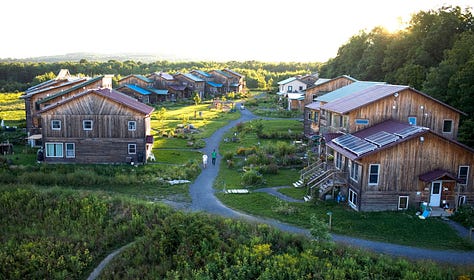
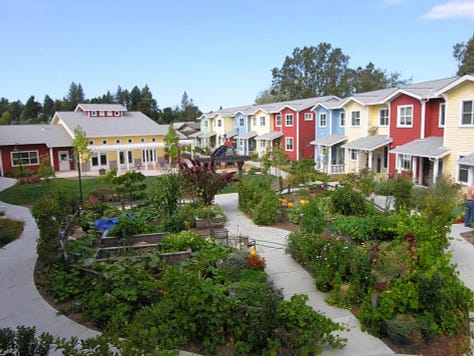
Ecovillages that use minimal building materials
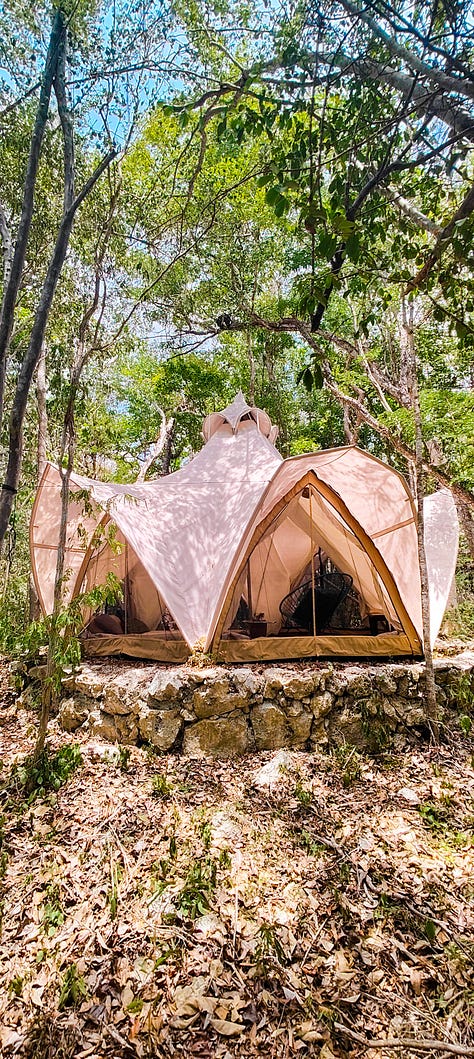


Ecovillages that look like a solar punk fever dream
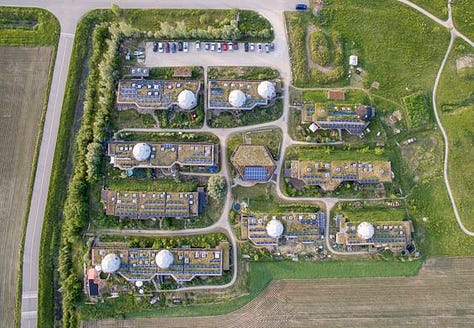


Ecovillages that use sacred geometry, circular, or biophilic design
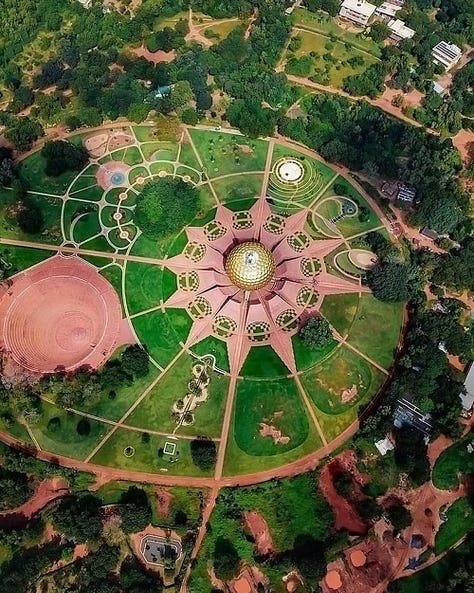

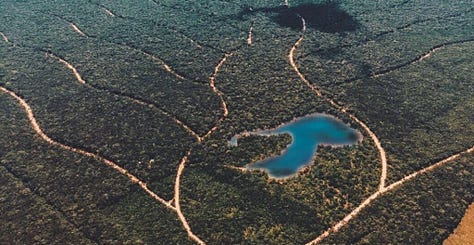
Ecovillages with earthen buildings
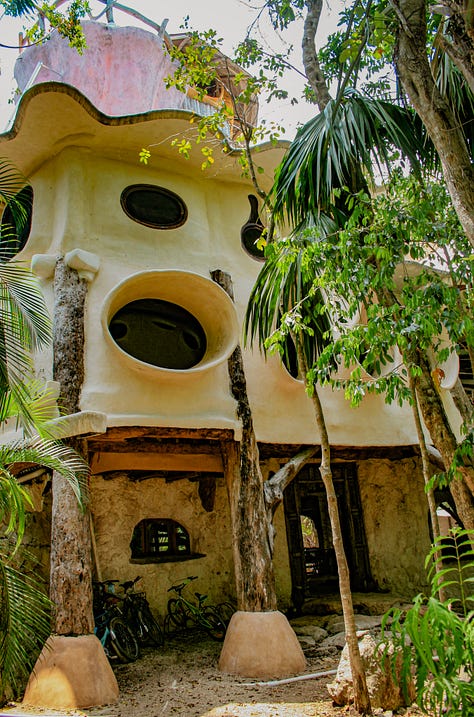
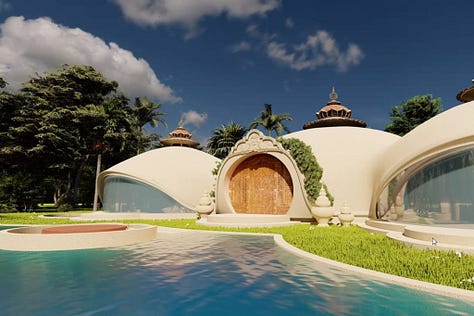

Ecovillages that are built in reclaimed infrastructure
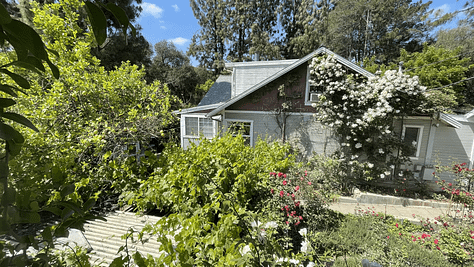

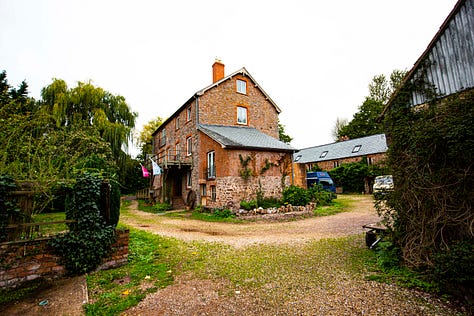
As you can see, they represent a variety of aesthetics and layouts, which is precisely what makes them more adaptable to bioregional needs and local building capacities.
How Big Are Ecovillages?
Physical manifestations of ecovillages range everywhere from a cluster of homesteads of 5 families to even 10,0001 residents of a ecologically-oriented community.
Ecovillages require full-time residents of at least 5 families to create community, and even then it’s a very small village.
What Doesn’t Count as an Ecovillage
To understand an ecovillage, I often find it helpful to draw lines in the sand.
✘ Individual family homes — Even if it’s offgrid/self-sufficient, and work is cooperative, these will always miss the aspect of community, with its interdependence, healing, and diversity that is so essential to ecovillages.
✘ Farms or conservation projects — While ecological in nature, possibly growing/supplying all of their own food, and even having several people live or work onsite, these projects’ main aim is usually not the community, it is the operations.
✘ Cults — Ecovillages aim to dismantle traditional power structures and hierarchies, favoring prosocial governance and radical inclusion. Any group with manipulative authority is not achieving ecovillage aims.
Why understand what an ecovillage is?
I write obsessively about societal redesign and why modern villages are more necessary than ever. I’m a zealous believer that building our own ecovillages takes back the power over how we live, consume, relate. If people I share that message with don’t understand what an ecovillage is to begin with, I am failing.
But if I can sing the song enough times that you learn the words just by hearing it, then I’m fulfilling the reason I came to Earth during this auspicious and exhilarating time in history.
Tune for the next article to read about what life in an ecovillage is like.
Connect with Nicole
Are you new here? Subscribe to this newsletter for free
Follow me on LinkedIn for more insights
Make an inquiry for 1:1 community consulting
I help community builders hack their community growth. Want personalized support for your project?
Auroville was founded over 70 years ago and has 10,000+ people living in its ecovillage. It has grown to be more of a town than a village.




Beautiful and informative article. The pictures gave me chills!
Thank you!
J.
thanks for the article. Ive just joined an ecovillage in northern NSW Australia and it is profound experiencing community based around what you are describing. Truly an idea whose time has come. https://afterleevillage.au/